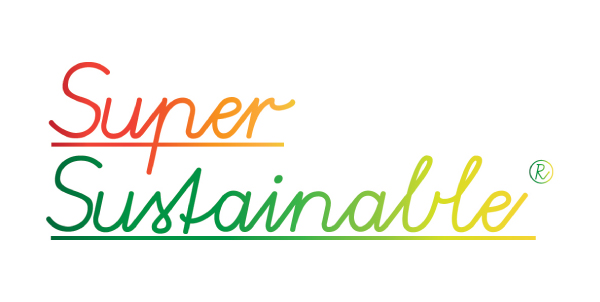
The building is located in the oldest part of Gothenburg. It was there before oil became the base of production and transportation and will be there long after. Its installations and technical systems has been replaced many times while its architectural pomp has been left intact. We vision a similar future.
Outside fishermen and farmers used to come by boat in the canals to sell their products on market places or directly from the boat.
Today, the area is dependent on fossil fuel in all it´s functions. Transportation, heating, the food consumed and activities taking place are all linked to high consumption of fossil fuels. There´s very few trees in the area, and the water is empty and silent with exception for tourist boats, but the high building density and the waterways gives opportunities for making the area more sustainable.
High-efficient solar-cells on the roof of the buildings (1) could cover the buildings own energy consumption.* Together with small quiet windmills (2)the building could produce an energy surplus without disturbing the historical environment. By using extremely thin vacuum insulation the walls and ceilings of the old buildings could be insulated cutting the energy used for heating while keeping the architectonic expression of the old facades (3).
Fruit trees (4) along the street makes the city greener, gives shadow in hot summer days and make a living spot for bees and birds. They could also produce enough fruit to cover the consumption in the nearest blocks.
A floating square with a mix of markets, house boats and floating gardens (5) could make use of the water and make this a much more vivid place than today. Transports on water have always played a key role in Gothenburg. If the future contains more of small-scale, locally produced food, the channels in central Gothenburg could once again play an important role for transporting (6) and selling (7) fish and vegetables.
Supersustainable highways (8) with a personal rapid transport system combined with cycle paths, solar cells and rainwater collectors could minimize the need for car transportations.
LINKS
SSC proposals for sustainable improvements
SSC post on PRT-systems

No comments:
Post a Comment